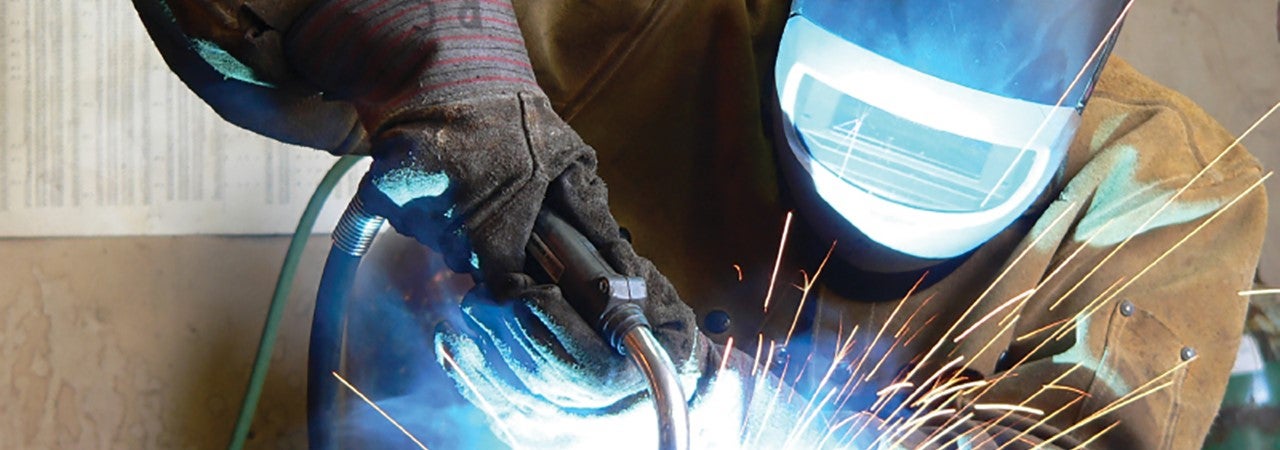
With no boron added, InfraBuild’s hot-rolled structural products and cold-formed hollow sections are pre-qualified for welding.
Boron is added to steels to increase hardenability, but it is known to have a negative impact on weldability. Boron reacts readily with oxygen and nitrogen, meaning great care must be taken during steelmaking to ensure boron is adequately protected. Failure to do this can lead to erratic heat treatment response.
InfraBuild’s hot-rolled structural products and cold-formed hollow sections have no added boron and are prequalified for welding to the Australian and New Zealand Standard AS/NZS 1554 parts 1, 5 and 7. InfraBuild products comply with this and other Australian and New Zealand Standards.
Recent reports suggest some imported steels have measured levels of boron in excess of residual quantities, an indication that boron may have been added intentionally. If fabricators do not qualify the welds for steels with boron present in excess of 0.0008 per cent there is an increased risk of weld failure.
Standards Australia has released Technical Specification TS 102-2016 (‘Structural Steel – limits on elements added’), which seeks to mitigate the risk of the supply of steel to a project not prequalified for welding. To guard against non-prequalified steel products, engineers should ensure TS 102-2016 is included in their documentation when the following Australian and New Zealand Standards are specified:
- AS/NZS 1163-2016 Cold-formed structural steel hollow sections
- AS/NZS 3678-2016 Structural steel – Hot-rolled plates, floorplates and slabs
- AS/NZS 3679.1-2016 Structural steel – Part 1: Hot-rolled bars and sections
- AS/NZS 3679.2-2016 Structural steel – Part 2: Welded I sections
Procurers and fabricators of steel product compliant with the Standards listed above can manage their risks of using non-prequalified product by insisting the requirements of TS 102-2016 are met.
The prequalification process
If a product fails to meet the requirements of TS 102-2016, a qualification process must be undertaken. Mandated by AS/NZS 1554 Part 1, 5 and 7, qualification of a product is a rigorous process specific to the following variables:
- Individual fabricator/welder
- Parent material
- Consumables
- Preheat requirements
- Equipment used
- Edge preparation
For butt welds, up to seven samples for each combination of the variables listed above shall be produced and the welded joint tested and a macro-examination conducted. The destructive testing includes one tensile test, two bend tests and three charpy tests. Two hardness tests to compare the parent material and the heat-affected zone are also required.
Qualification for fillet welds is less onerous but must also be conducted. Details of the exact requirements can be found in AS/NZS 1554 series.
The easiest, most economical path is to ensure steel specified and procured is prequalified for welding. Specifying and procuring product compliant to TS 102-2016 will negate the extensive test requirements for weld qualification. An even simpler method is to specify and procure InfraBuild product.
Please contact us for any feedback or media enquiries about this content.
Subscribe to the
InfraBuild newsletter
Receive regular updates on news, case studies as well as the latest products and services.
